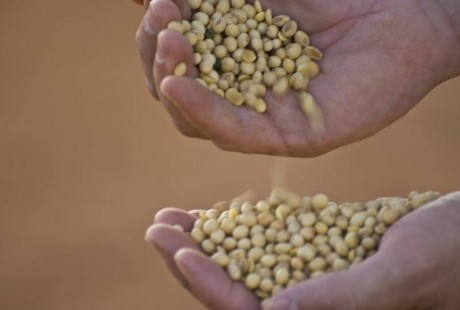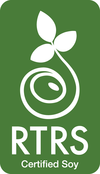Soybeans

Soy is an oilseed that represents 56% of the area planted with grains in Brazil (Conab 2020/21), and is one of the most used sources of protein in animal feed, intended for poultry, pigs and cattle and with increasing consumption in human food. Brazil is considered one of the last agricultural frontiers available to expand the cultivated area and capable of supplying world demand, according to population growth. Soy cultivation is essential for the production system. It enables crop rotation and no-till on straw, assists in biological nitrogen fixation and nutrient recycling in soil.
How we produce our soybean
Learn about our production model
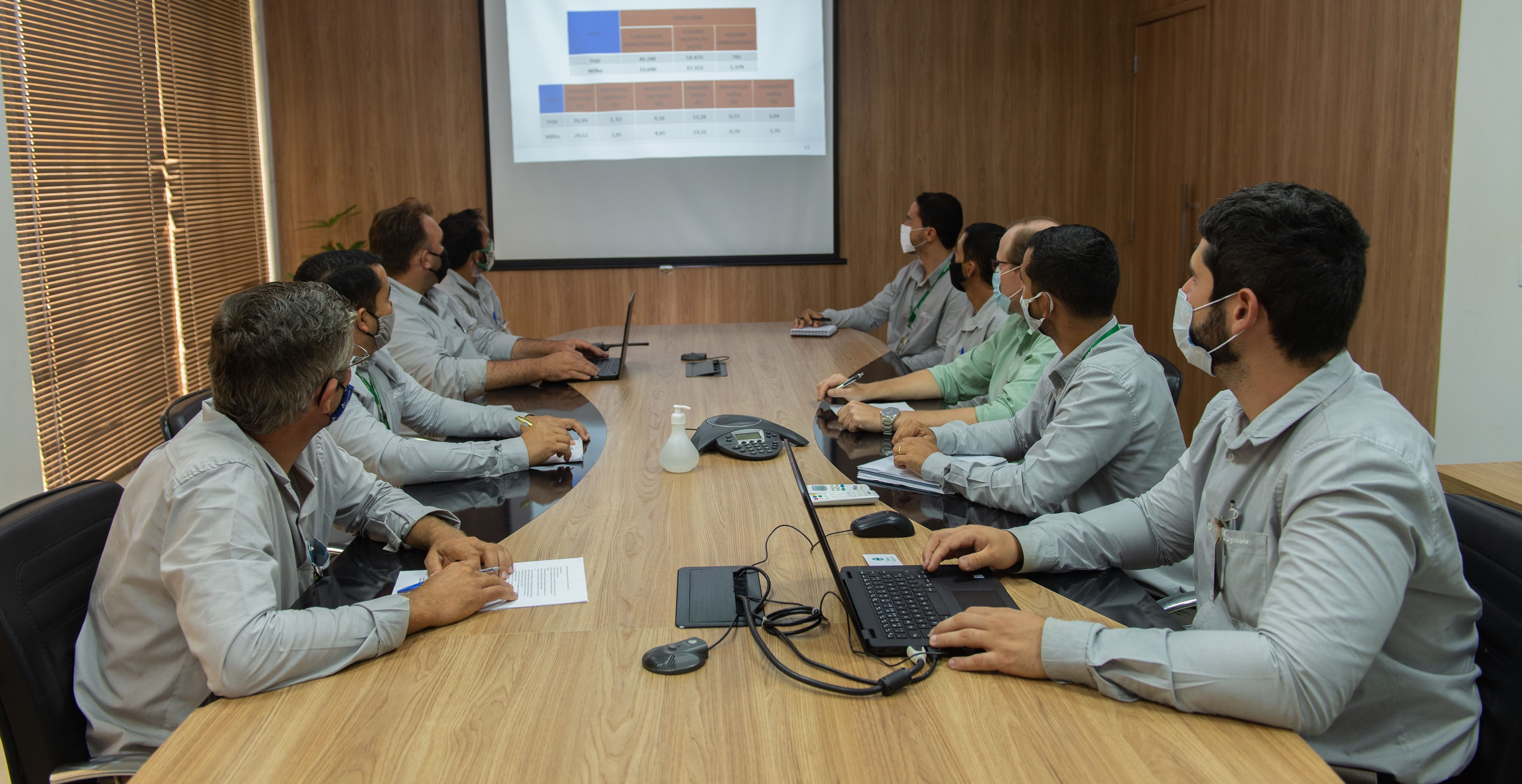
Agricultural Planning
Soy cultivation is decisive in the production system in the Cerrado [Brazilian savannah] region, not only for profitability, but because it makes it possible to grow a 2nd crop with cotton, corn, sunflower and sorghum. Planning fertilizers and pesticides considers the best cost/benefit for soy production. The cultivars are selected according to the productive potential, the cycle, the agronomic characteristics and biotechnologies, necessary to obtain the best results in each crop. The survey data provides this information to each of our Farms.
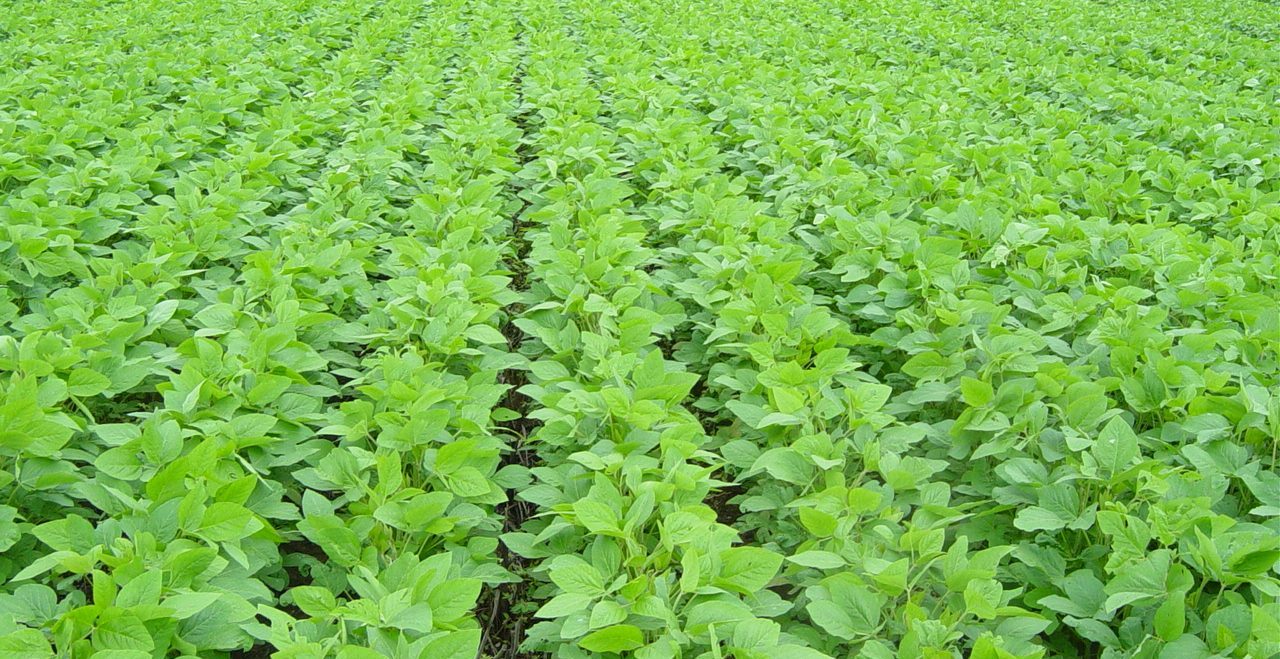
Preparation, sowing and management
Soy cultivation promotes a sustainable production environment, mainly by allowing direct sowing on straw, without soil disturbance, contributing to soil conservation practices. Sowing is done by using machines with high technology, at the most appropriate time for each growing region. The use of cultivars adapted to each region reduces the use of pesticides and maximizes productivity. Integrated Pest and Disease Monitoring (MIP/MID) makes it possible to direct efforts and manage them rationally.
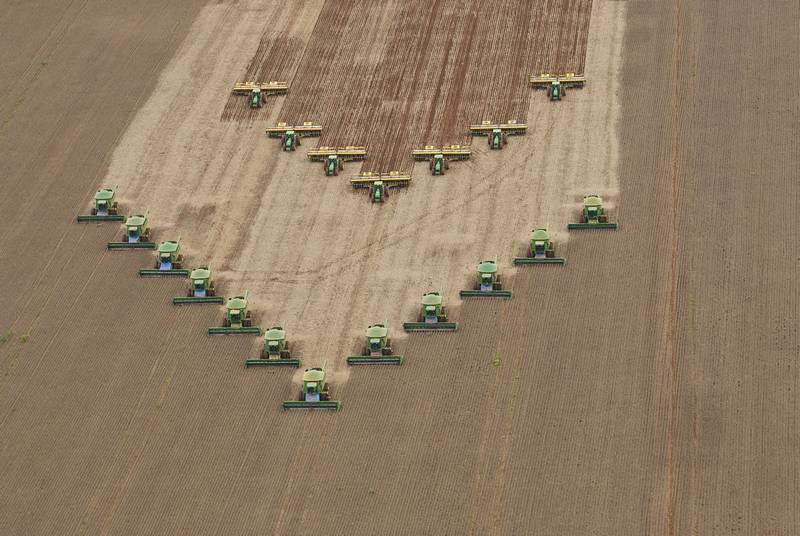
Harvest
Soy harvest occurs between January and April in the CO and NE regions. In each Farm, the harvest should be staggered according to the cycle of each cultivar, which allows harvesting at the ideal point of maturation. In the states of MT, MS and MA, early soy harvesting during the months of January and February makes it possible to sow 2nd harvest crops. The harvest is carried out by trained operators and machines with high technology and operational yield. With the generation of harvest maps, we can assess the variations within a crop and act to homogenize the area and increase the average productivity.
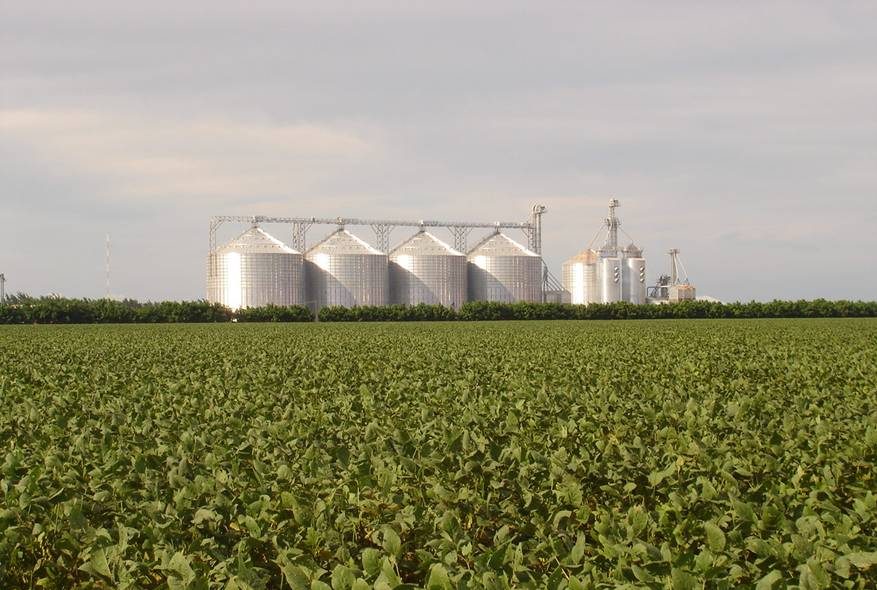
Processing and storage
The soy processing and storage process begins with receiving it at the warehouse, with subsequent pre-cleaning of the grain, followed by drying and storage. The final destination is shipment of the stored grain to the final customer.
How we get to you
In order for soy products, such as soy meal and cooking oil to reach you, many steps must be taken. Within the boundaries of the Farms, one must plan, sow, perform crop treatments and harvest. There is also the receiving, processing and storage of the grains. Outside the boundaries, the grain is transported to the ports or crushing agribusinesses. From agricultural planning to product delivery to agroindustries, the cycle can be up to 18 months.
